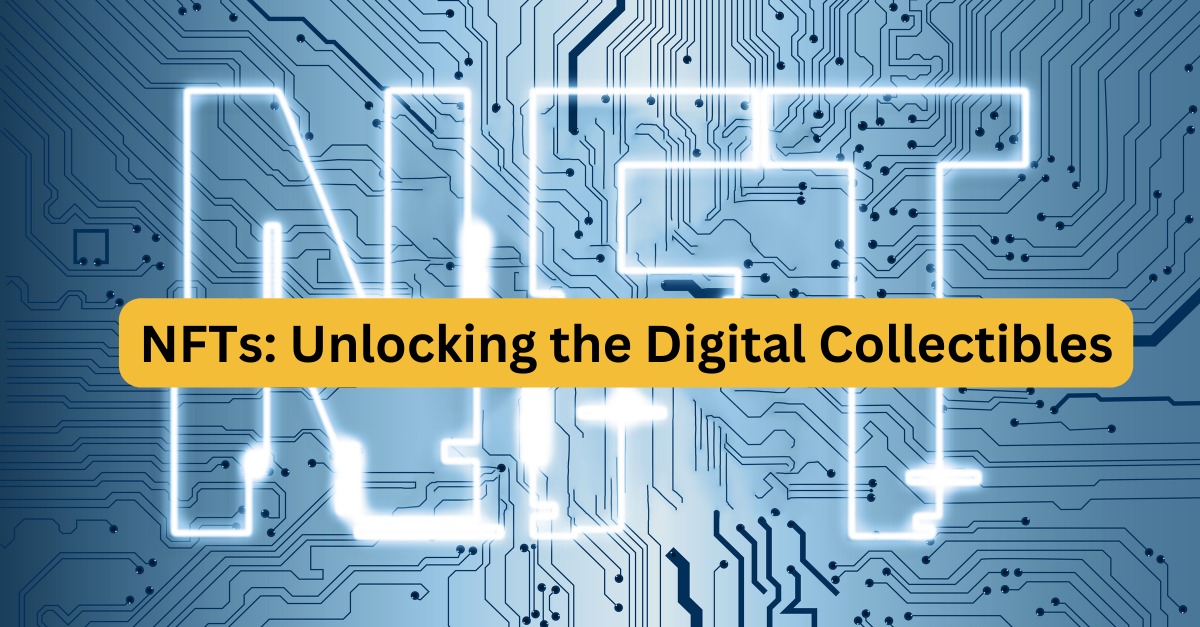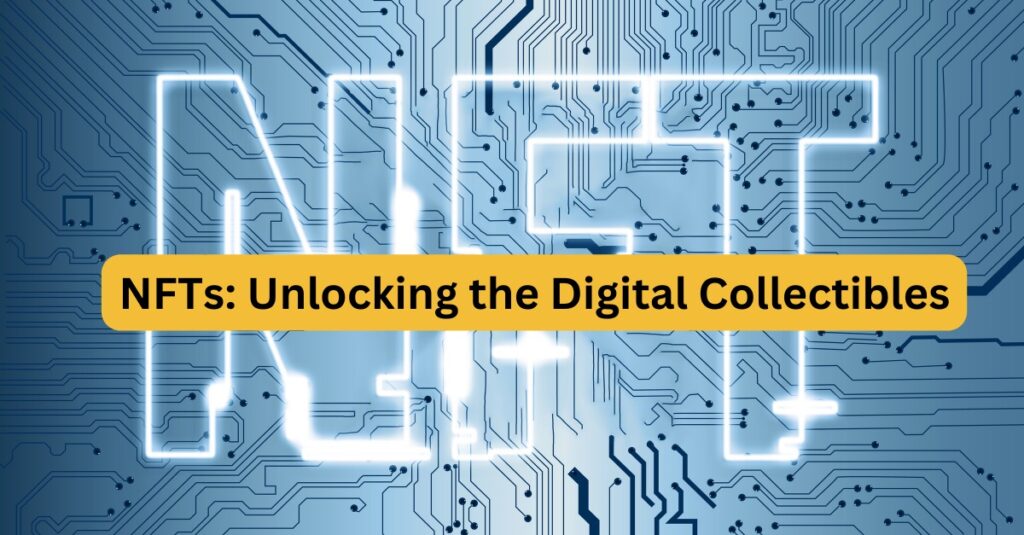NFTs: Unlocking the Digital Collectibles
In recent years, the digital landscape has witnessed a revolutionary technology known as Non-Fungible Tokens (NFTs). These unique digital assets have gained immense popularity, capturing the attention of collectors, artists, and investors worldwide. This article delves into the world of NFTs, exploring their definition, applications, and the impact they have on the art and collectibles industry.
1. What are NFTs?
NFTs, or Non-Fungible Tokens, are unique digital assets that represent ownership or proof of authenticity of a specific item or piece of content. Unlike cryptocurrencies such as Bitcoin or Ethereum, which are fungible and can be exchanged on a one-to-one basis, NFTs are indivisible and cannot be exchanged on an equal basis. Each NFT holds distinct characteristics that set it apart from others, making it irreplaceable and one-of-a-kind.
2. How do NFTs work?
NFTs operate on blockchain technology, typically using the Ethereum blockchain. The blockchain serves as a decentralized ledger, recording every transaction and ensuring transparency and immutability. When an NFT is created, a unique identifier is attached to it, guaranteeing its authenticity and ownership. This identifier contains metadata that provides information about the asset, including its creator, history, and any associated intellectual property rights.
3. The Rise of NFTs in the Art World
One of the most significant areas where NFTs have made a profound impact is the art world. Traditional artwork is now being transformed into digital collectibles, providing artists with new opportunities to showcase and monetize their creations. NFTs enable artists to retain ownership of their work while selling limited editions or even individual pieces directly to collectors. This direct connection between creators and buyers has disrupted traditional art marketplaces and opened doors for emerging artists.
4. NFTs as Digital Collectibles
NFTs have expanded beyond the art world and are now being used to tokenize various forms of digital content. Collectibles such as virtual trading cards, in-game items, virtual real estate, and even virtual fashion are being transformed into NFTs. This allows individuals to own and trade unique digital assets in a secure and transparent manner. NFTs have created a new wave of digital ownership, empowering individuals to possess and display their favorite digital items.
5. Exploring the Value of NFTs
The value of an NFT is determined by its scarcity, demand, and the perceived value attached to it. Some NFTs have sold for astronomical amounts, making headlines worldwide. The uniqueness and limited supply of NFTs contribute to their value, as collectors and enthusiasts seek to own a piece of digital history. Additionally, the blockchain technology underlying NFTs provides a transparent record of ownership, ensuring the authenticity and provenance of these digital assets.
6. Challenges and Concerns Surrounding NFTs
While NFTs offer exciting opportunities, they also come with challenges and concerns. One notable concern is the environmental impact of NFTs due to the energy-intensive nature of blockchain transactions. Artists also face concerns regarding copyright infringement, as unauthorized copies of their work can still circulate despite owning the original NFT. Additionally, the volatile nature of the market raises questions about the long-term sustainability of NFTs as investments.
7. The Future of NFTs
The future of NFTs is filled with possibilities. As more industries explore the potential of tokenizing digital assets, NFTs are likely to become a standard way of proving ownership and authenticity. The technology behind NFTs may evolve to address environmental concerns, making them more sustainable and energy-efficient. NFTs also have the potential to democratize access to art and collectibles, allowing a global audience to engage with and invest in unique digital assets.
Conclusion
Non-Fungible Tokens have unleashed a new era of digital collectibles and transformed the way we perceive ownership and value in the digital realm. From art to virtual fashion and beyond, NFTs have opened up a world of possibilities for creators, collectors, and enthusiasts. As the technology continues to evolve and address challenges, the future of NFTs looks promising, promising a new era of creativity, ownership, and digital culture.


